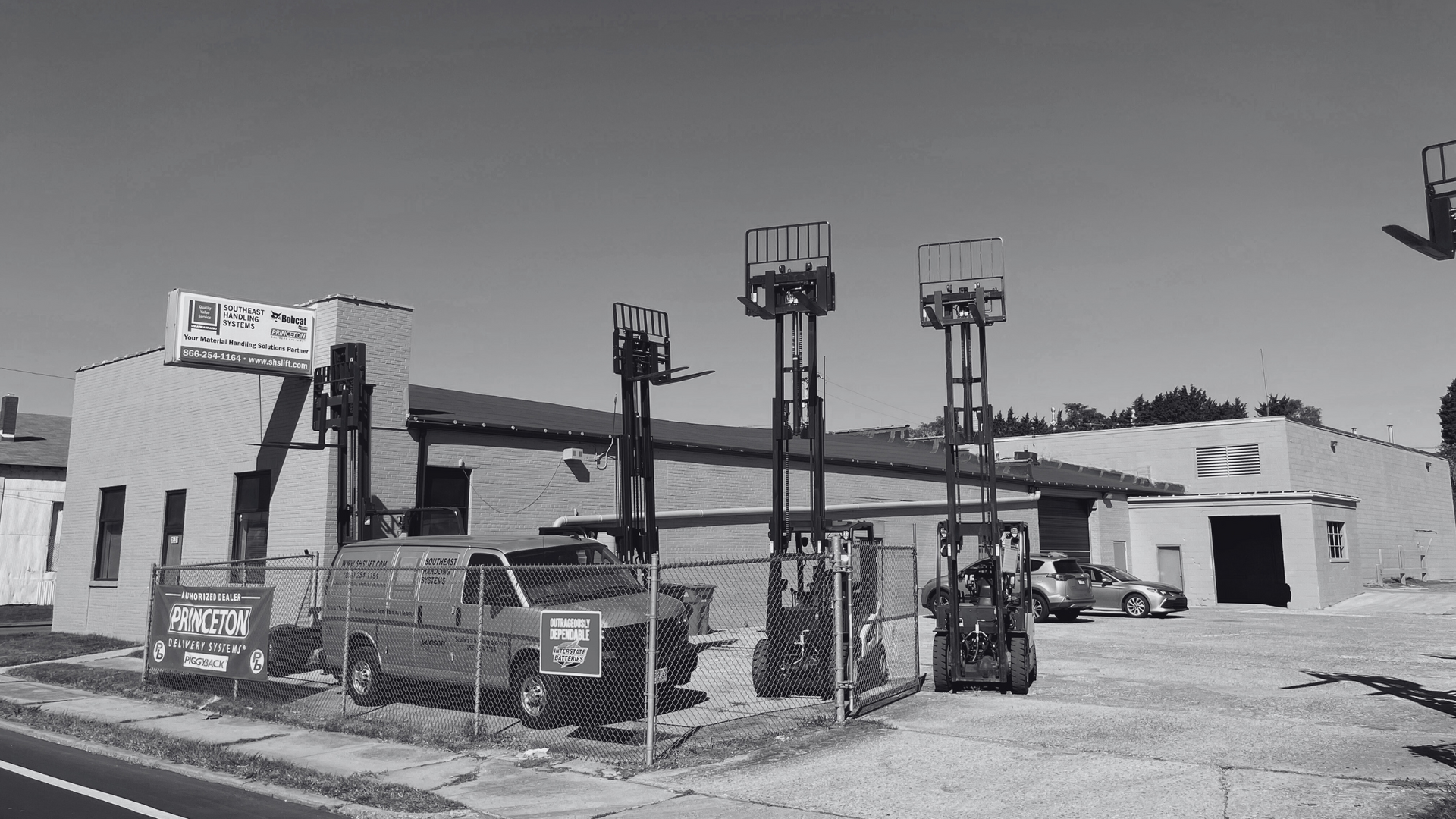Key Factors for Safe Forklift Lifting and Stability
Understanding forklift load capacities and stability features is essential for safe and efficient material handling. Selecting the right forklift for your needs means knowing how much weight it can handle, how stability features work, and how to operate safely in various environments.
Understanding Load Capacities
Forklift load capacities refer to the maximum weight a forklift can safely lift at a specific load center, which is the horizontal distance from the load’s center of gravity to the front of the forks. For instance, a forklift with a 5,000 lb capacity and a 24-inch load center can safely lift a load up to 5,000 lbs only when the weight is evenly distributed within the specified load center. If a load extends beyond this point, it reduces the forklift’s effective capacity and can lead to tipping.
Why Stability Features Matter
Stability is a crucial factor when operating forklifts, especially in busy or tight warehouse spaces. Many forklifts include stability systems designed to prevent tipping and ensure smooth, safe handling. Bobcat forklifts, feature the Guardian Stability System (GSS), which continuously monitors and adjusts for safe operation. This includes automated speed reduction when turning and alerts for potential tip-over situations, adding an extra layer of safety.
Key Stability Features to Consider
- Operator Sensing System (OSS): This feature enhances safety by monitoring the operator's position and automatically disabling the forklift if they leave the seat.
- Mast Tilt and Leveling Controls: These systems help stabilize loads during lifting, making it easier to handle materials at different heights.
- Load Backrest Extensions: A crucial feature for tall or unbalanced loads, backrest extensions provide additional support to reduce the chance of a load shifting or falling.
Practical Tips for Maintaining Stability
Operators can also help maintain stability through proper handling techniques:
- Maintain Low Speeds: Driving slowly, especially when turning, keeps the load balanced.
- Lower Loads During Transport: Always transport loads at a low height to maintain a lower center of gravity.
- Properly Position the Load: Ensure loads are evenly distributed and centered on the forks to avoid tip-overs.
Finding the Right Forklift for Your Capacity Needs
Selecting a forklift with the appropriate load capacity and stability features is essential to your operation’s productivity and safety. With models from trusted brands like Bobcat, Southeast Handling Systems offers a range of forklifts equipped with advanced stability systems and customizable load capacity options. Our team can help you assess your material handling needs and match you with the ideal forklift for safe, reliable performance.




